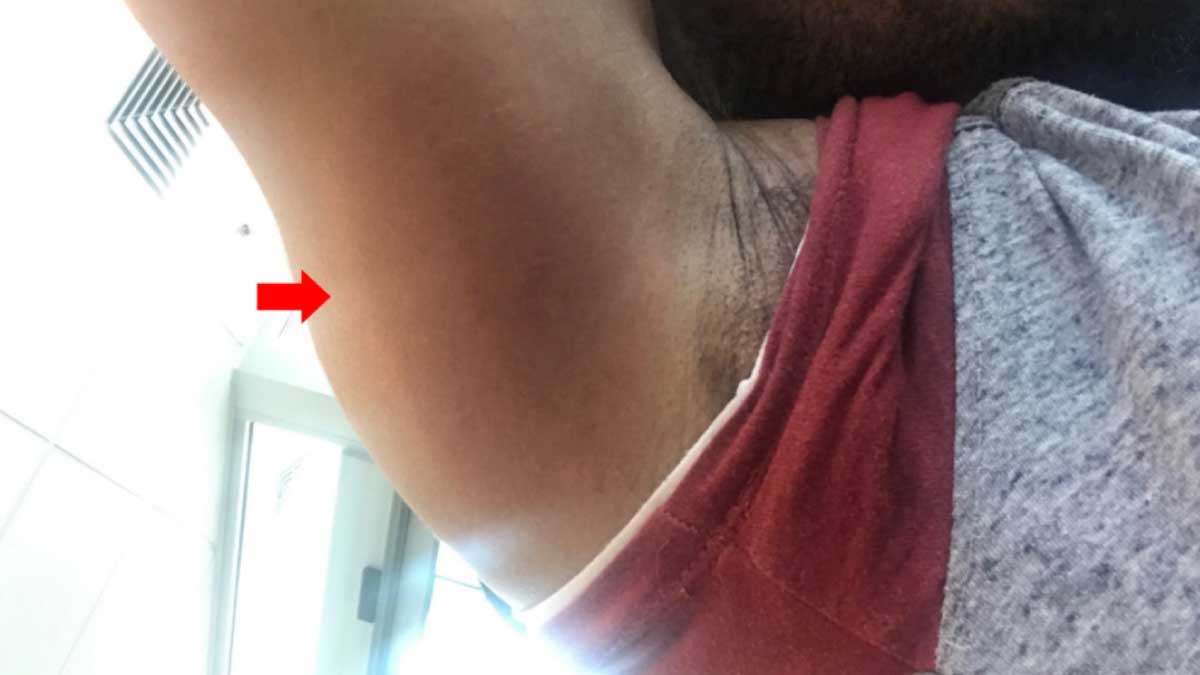
Summary This case study describes an African-American male who was misdiagnosed for 7 weeks despite the patient exhibiting common symptoms and signs of Lyme disease (including EM rash and facial […]
Filed Under: Lyme Disease Research, Lyme Disease Research Highlights
Filed Under: Lyme Disease Research, Lyme Disease Research Highlights
Filed Under: Lyme Disease Research, Lyme Disease Research Highlights
Filed Under: Lyme Disease Research, Lyme Disease Research Highlights

This pilot study showed a direct molecular Lyme disease diagnostic test could be used to identify and genotype Borrelia burgdorferi during antibiotic treatment in early Lyme disease patients. Findings suggest that the host immune system or differential antibiotic susceptibility might have played a role in the observed genotypic shift.
Filed Under: Lyme Disease Research, Lyme Disease Research Highlights Tagged With: Lyme, Lyme Disease, Lyme Research
Filed Under: Lyme Disease Research, Lyme Disease Research Highlights Tagged With: Lyme Disease